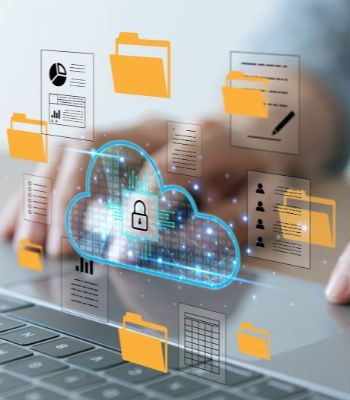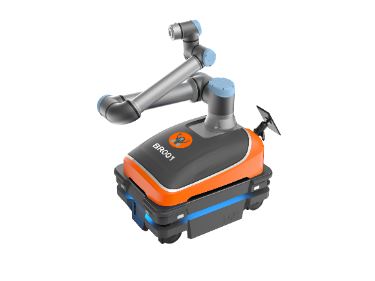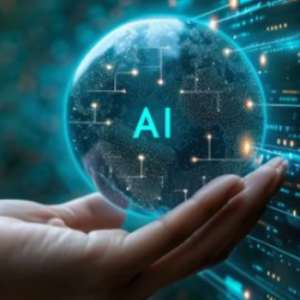Cloud & Security

Key Takeaway:
The growing volume of data and heightened cybersecurity threats have underscored the importance of localized cloud solutions to protect operations and ensure compliance with data residency laws. As a response, in 2024, about 33% of organizations are shifting towards hybrid cloud models, blending on-premises and public cloud solutions. Additionally, investments in edge computing are expected to surge, crucial for processing data close to its source and enhancing operational efficiency and data privacy
Trend Type: Technology
Sub-trends: Cloud Sovereignty, Shift to Cloud, Industry Cloud Platforms, Resilience Key for recovery, Cybersecurity, Cyber resilience, Continuous threat, Cyber chaos drives security consolidation
Use Cases
Baxter, a medical-device manufacturer, has avoided hundreds of hours of unplanned machine downtime by adopting a proac-tive maintenance strategy powered by an AI-based end-to-end solution hosted on edge computing devices.
Cybersecurity: Netflix engineers developed Chaos Monkey, a novel way to ensure resiliency is being addressed. The software randomly terminates servers in production to ensure that en-gineers are architecting code in a way that would survive server failure.
Use Cases
Sub-Trend Sources
Cloud Sovereignty: Delloite TMT Predictions, McKinsey Tech Trends Outlook
Shift to Cloud: BCG The Next Wave, Economist Tech Trends
Industry Cloud Platforms: Gartner Strategic Trends
Resilience Key for recovery: BMC Blogs IT Trends
Cybersecurity: BCG The Next Wave, Economist Tech Trends, Kyndryl, Thoughtworks Tech Radar, Future Today Institute
Cyber resilience: BBVA Spark Tech Trends
Continuous threat: Gartner Strategic Trends
Cyber chaos drives security consolidation: CBInsights Emerging Tech Trends
What to Read Next
All Things Data
The increasing complexity and scale of data within modern enterprises lead into a shift in data management strategies, catalyzing a trend towards more dynamic, integrated, and technologically advanced approaches. This[...]
Quantum Computing
Latest Advances Although Quantum Computing was already present in last year’s Digital Trends, in 2024, the race to develop viable quantum systems is intensifying, with tech giants like IBM, Google,[...]
Eco Tech
The “Eco Tech” trend reflects the growing integration of technology with environmental sustainability efforts. Among the forefront technologies is carbon capture. Industries such as cement and steel are increasingly adopting[...]
What to Read Next
All Things Data
The increasing complexity and scale of data within modern enterprises lead into a shift in data management strategies, catalyzing a trend towards more dynamic, integrated,[...]
Quantum Computing
Latest Advances Although Quantum Computing was already present in last year’s Digital Trends, in 2024, the race to develop viable quantum systems is intensifying, with[...]
Eco Tech
The “Eco Tech” trend reflects the growing integration of technology with environmental sustainability efforts. Among the forefront technologies is carbon capture. Industries such as cement[...]



